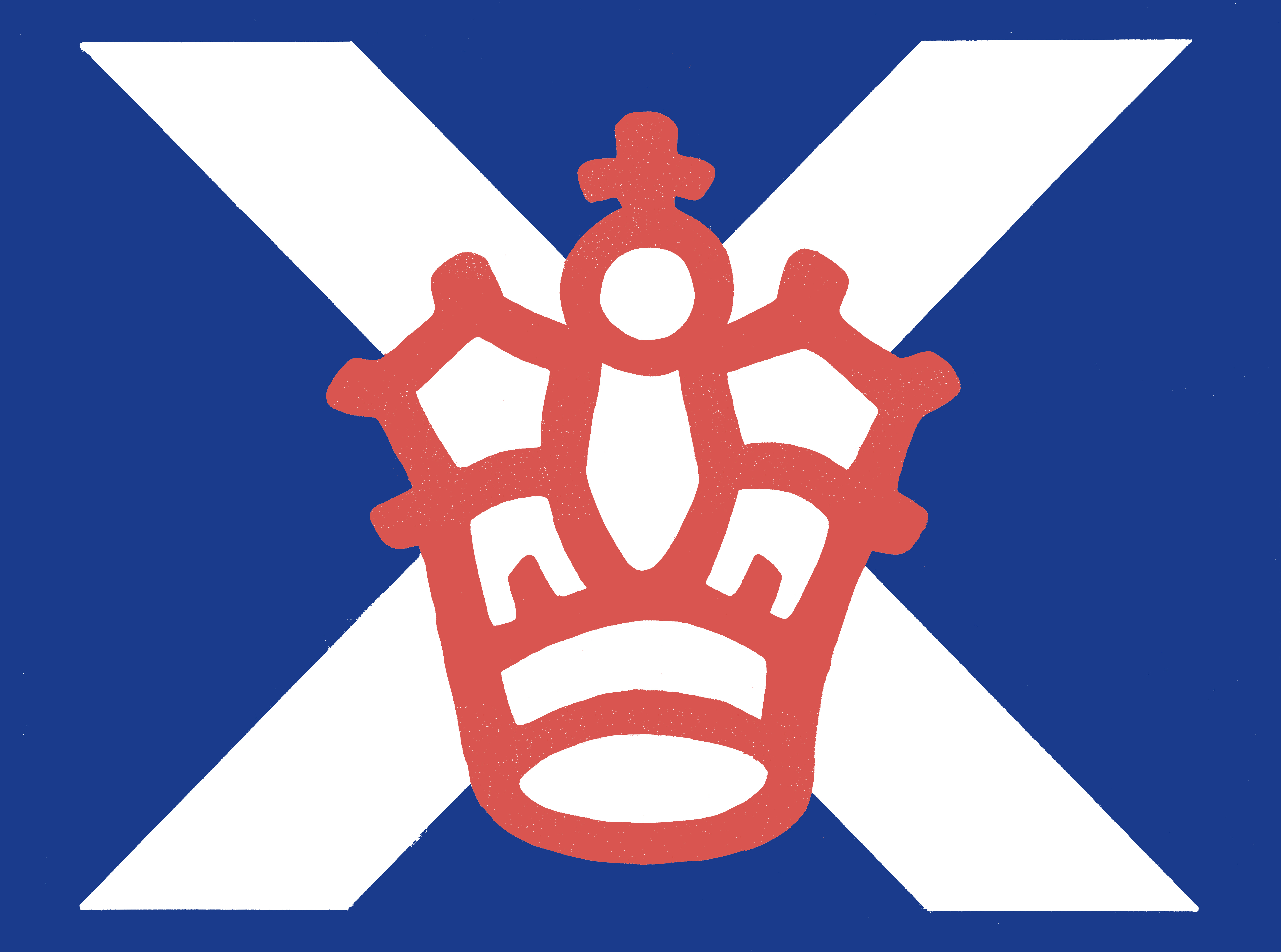- Presenter
85th Annual Congress Tom Rielly Display
Display by Dr. Ian Evans
This year, Dr. Ian Evans has been invited to give the Tom Rielly Display. Although Ian did not know Tom personally he is conscious of the honour of being linked to Tom’s memory by the display.
Ian is a past President of the Caley and an Honorary Vice-president of that society. He is the incoming President of the Scottish Postal History Society. He is a member of the Spanish Study Circle, collecting Spain, stamps and Postal History as well as Scottish Postal History. He describes his collecting journey in his own words as follows:
Like many of my contemporaries (age withheld) I began stamp collecting as a child where quantity was more important than quality! Sporadic collecting thereafter led to a somewhat more refined and restricted habit, British stamps in particular. With the plethora of new issues Postal History became more appealing and has now taken over almost completely from my original interests.
What, the new collector asks is Postal History? It concerns the study of postal routes and rates either locally or worldwide, depending on the collector’s interests. Proper assessment and analysis necessitates a background canvas. The wrapper, letter, document, postcard or newspaper or journal is that canvas on which may be placed charge marks or adhesive stamps, cancellations and other diverse markings which allow cost of postage, routes and time taken to be worked out. The subject runs from the earliest written communication to the present day.
This display is of Scottish Postal History of 1840 to 1901, beginning with the line-engraved issues. The Penny Black, printed in 1840-41, was followed by the Penny Red which like the Two Pence Blue lasted in all its variants almost 40 years.
From 1847 until mid 1850s three embossed postage stamps were issued. Given their relatively high values, 6d, 10d & 1/-, letters are not common and are usually found on registered and overseas mail. These and the earlier issues remained valid for postage until the first issues of King Edward VII in 1901.

2 x 1½d Brown, Plate 3 paying postage (1d) and registration (2d)
Next followed the surface printed issues of 1855-1883; ranging in values from two pence-halfpenny to £5. There were frequent changes in printing plate, shades and postal rates. With the rise in the British Empire during this period the posts assumed an ever more important role both within the Empire and worldwide. This is reflected in the display which does also feature my special interests: the two pence blue; Duplex cancellations; and registered mail. Other aspects are not however neglected: Scots Local cancellations; parcel posts; and some specific correspondences, business and personal are shown.

Block of 4 3d Rose Plate 6 paying 1/- for the
double rate (¼ - ½ oz) to Italy
2d Blue Plate 13 added as a late fee – the letter handed to the sorter of the TPO
at station
The remaining 20 or so years of the Victorian age saw the demise of the 1d red and 2d blue, with some 225 and 15 plates respectively, produced over that period. A short -lived provisional issue in 1880-81 was followed by the first set for postage and revenue. The final issue of the reign was the so called ‘Jubilee’ issue of 1887.
Postal Historians are a convivial bunch, willing to give readily of their time and expertise. I am grateful to many in my study of this vast subject but particular thanks are due to Roy Erskine, Dr Stewart Gardiner FRPSL and Don Hilditch.
The picture below shows Dr. Ian Evans receiving the Rom Rielly medal from ASPS President David Kindley.
This page was last modified on 14th September 2020
Copyright (c) 2016-2024 Association of Scottish Philatelic Societies.
The documents on this website are for informational and non-commercial or personal use only.

